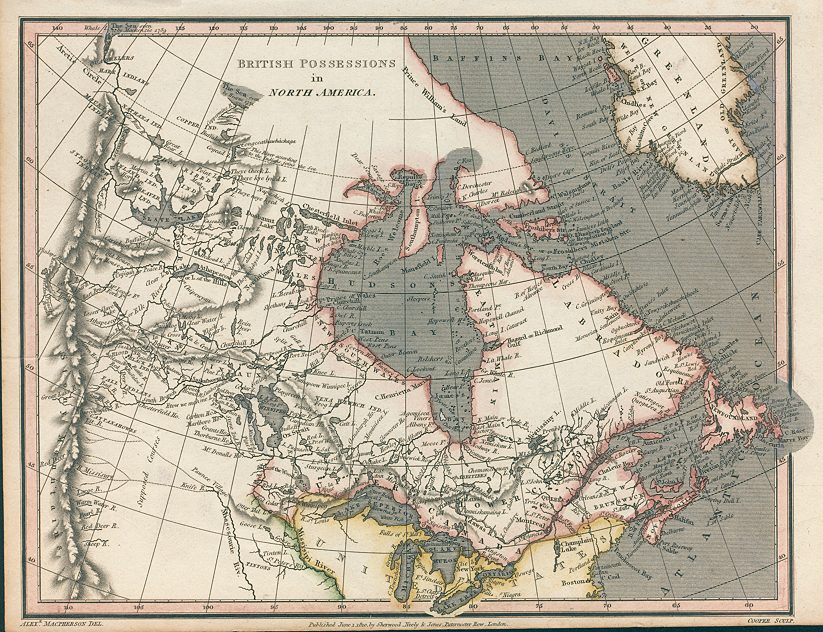IN Europe as in America, the leading democratic nations — Great Britain and France — faced the problems of the great depression. In those nations, too, the question arose: Could democracy survive, or would it give way to totalitarianism? Would the people turn instead to fascism or communism? Although Britain had a brief period of prosperity immediately after World War I, of all the world’s democracies, it was struck hardest and soonest by the depression. For Britain had a special problem. A highly industrialized country, it lived by its exports. It sold manufactured goods and coal to other countries and imported its food. Even before the war, Britain had begun to lose its markets. Other countries were making wool and cotton cloth, which was one of Britain’s most important exports. New fuels were developed that were replacing coal. More and more countries were using high tariffs to keep out foreign goods. After 1918, the situation became even worse. The fact that Britain had long been an industrial country was now working against it. Its machinery and manufacturing methods were old-fashioned and could not compete with the modern machinery and methods of other lands. Exports fell, factories shut down and millions of Britons were out of work. Britain had had unemployment insurance as early as 1911. Now the payments were increased and the unemployed went “on the dole,” as they called it. The government also provided old-age pensions and some medical and housing aid, but the people felt that the unemployment and other benefits were too small and they were dissatisfied. They began to turn to the Labour party. Up to this time, Britain’s strongest political parties had been the Conservative party and the Liberal party, with the Labour party a poor third. In 1922, the Labour party became second only …
Read More »Democracy Spreads 1867-1905
DEMOCRACY IN the Scandinavian countries, Belgium, Holland and Switzerland followed the pattern of the three large democracies. Everywhere during this period there was a trend toward constitutional government, elected law-making bodies, cabinet ministers with responsibility to the people, liberty, personal rights and voting rights for all men in the lower classes. In Canada, the most difficult problem was nationalism. At the time of the Civil War in the United States, Canada consisted of a number of British provinces, most of which were independent of each other. The oldest of these was the province of Quebec in the Saint Lawrence valley. As it was originally a French colony‚ its people still spoke French, obeyed laws similar to those of France and worshipped in the Catholic Church. Although they had lived under the British flag for many years, they were afraid that the great flood of immigrants from England would destroy their way of life and felt that as Frenchmen they should form a nation of their own. At the same time, British subjects in other parts of Canada felt that all the provinces should join together in one large nation. The problem was finally solved by uniting all the provinces in one nation, but allowing each province to retain control of local affairs. The Canadians wrote a constitution for the new nation, which was approved by the British Parliament in 1867 when it passed the British North America Act. The constitution provided that the Dominion of Canada should have a parliament with a cabinet responsible to the political party in power. At that time, the Dominion consisted of four provinces — Quebec‚ Ontario, Nova Scotia and New Brunswick. Manitoba became a province in 1870 and British Columbia in 1871. The Canadian Pacific Railroad was built to connect these western provinces with …
Read More »The Stamp Act, 1765 – 1772
Another unpopular step England took after the war was to reorganize her defense system in the colonies. The French and Indian War had proved to the British that the colonies could not be depended upon to defend themselves. Some new system had to be worked out in North America, to defend not only the colonies, but also Canada, Florida and the wilderness east of the Mississippi. England decided to leave this task to a standing army of ten thousand British redcoats. Such an army would cost a great deal of money. Taxpayers in England were already paying very high taxes and could not be asked to pay more. Their taxes supported the powerful British navy, which protected the colonies as well as the mother country. It seemed no more than fair that the colonies should pay at least part of the expenses of the standing army in North America. The soldiers were there, after all, for their own protection. Accordingly, the colonies were given a year to raise the money themselves. They were warned that England would have to tax them if they failed to do so. For a year the colonists did nothing. They saw no need of supporting an army they had not asked for and did not want. Since the French forces had been driven from American soil, a large standing army seemed unnecessary. The colonists suspected that the real purpose of the army was to strengthen British control over all the colonial governments. England’s law-making body in London, the British Parliament, finally passed the Stamp Act in 1765. It required the colonists to buy stamps from British tax collectors. These stamps were to be placed on all newspapers, playing cards, dice and almanacs sold in the colonies and also on certain papers having to do with …
Read More »


